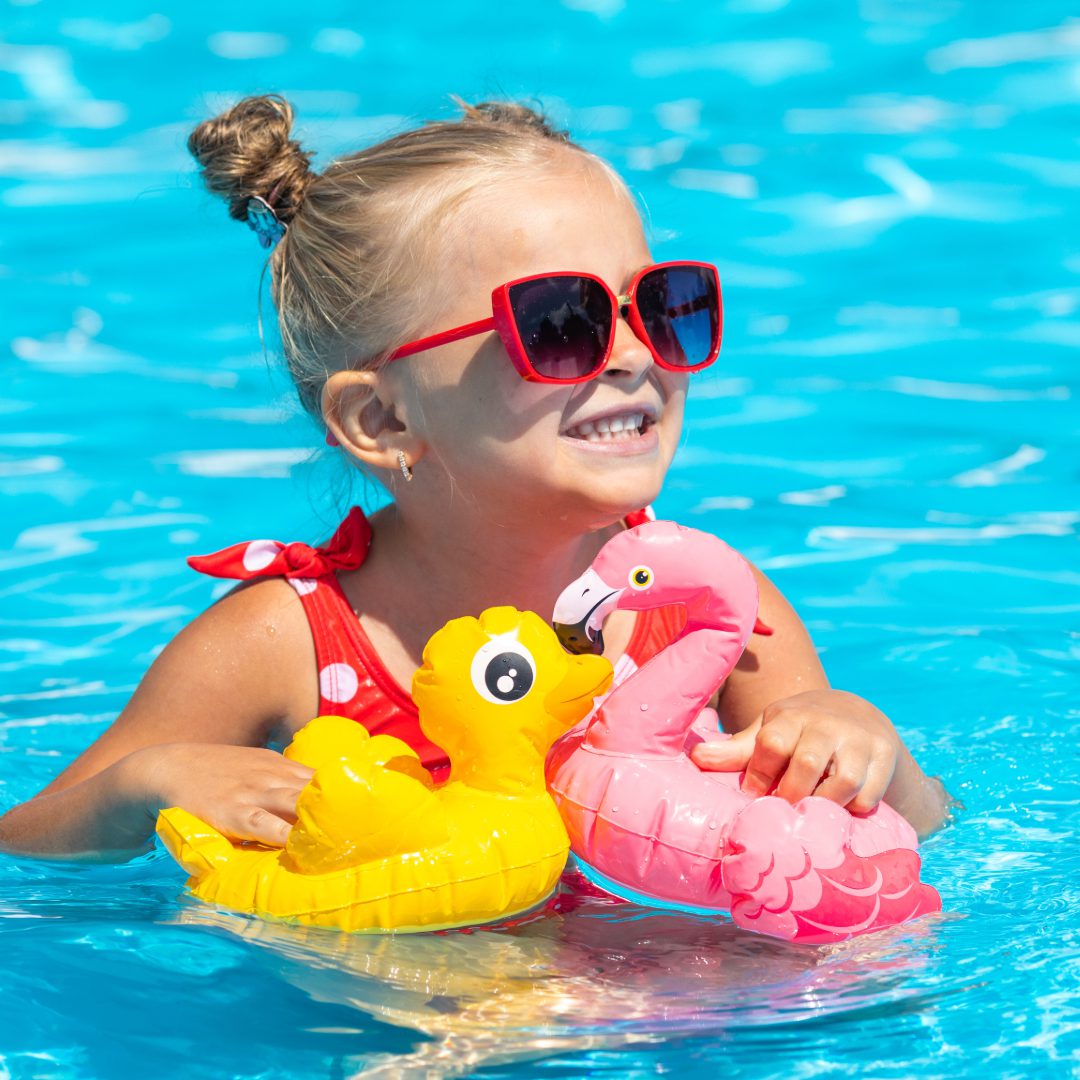So the other day, my neighbor’s kid got a nasty rash after playing with those cheap pool noodles, and it got me thinking – how safe are these things really? I mean, we just grab ’em off the shelf without a second thought. So I dragged all our pool junk out to the driveway for a safety check. Here’s exactly what I did step by step.
First things first – the squeeze test
Grabbed our flamingo floatie that’s been in the shed since last summer. Squeezed it hard near the seams – bam! Mold spots oozed out like cottage cheese. Totally disgusting. That thing went straight into the trash.

Checking for sneaky punctures
Dunked our unicorn raft in the kiddie pool. Watched for bubbles real close – saw tiny streams rising from the tail area. Patched it with vinyl glue, but honestly? Should’ve just tossed it. Not worth the risk.
Reading labels properly
Checked our brand new shark slide’s label – said “PVC material.” Did some digging and found out it should say “phthalate-free.” Ours didn’t. Returned it to the store that same afternoon. Felt shady.
Inflation limits matter
Confession time – I always blow up pool toys till they feel tight. Bad move. Overinflated our pizza slice float until the seam started whistling. Let out air until it felt squishy – way safer that way.
Survival test
Made my 10-year-old nephew test each toy (with me right beside him, don’t worry). The cheap ring from the dollar store? Dunked him sideways immediately. That junk’s banned from our pool now.
Bottom line? Most toys are safe if you actually check. But man, the nasty surprises I found… makes you wonder what else is lurking in pool aisles.
